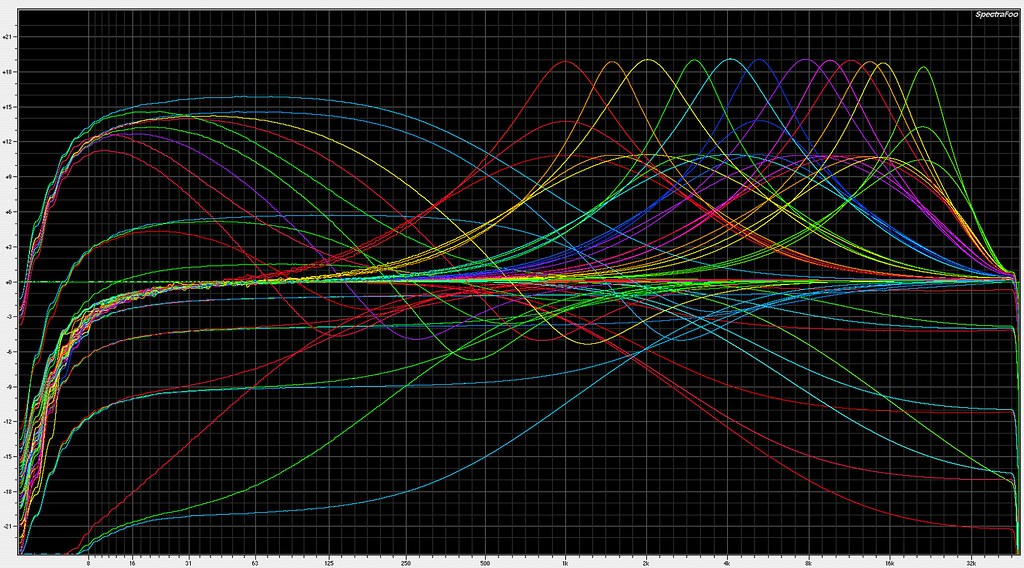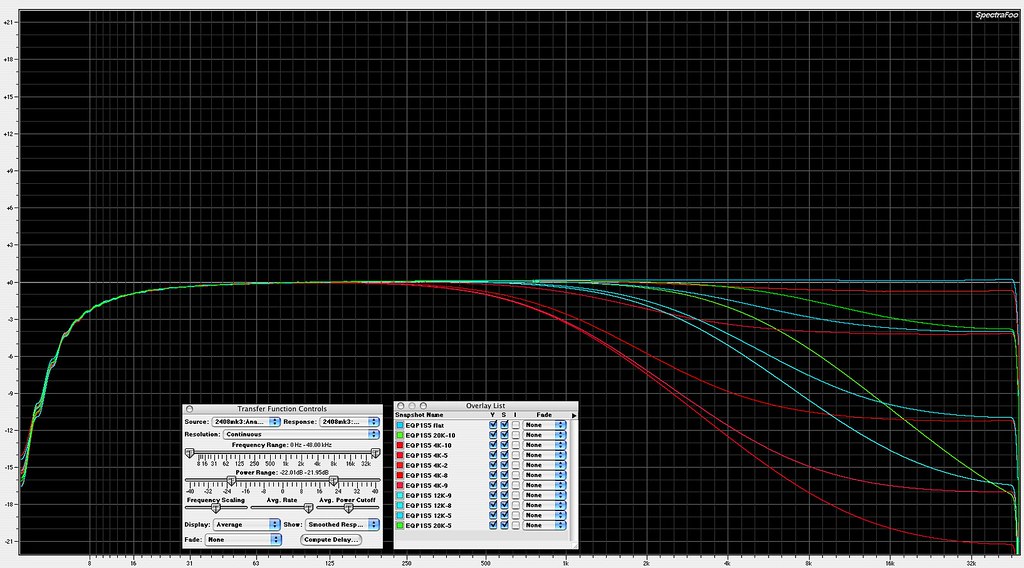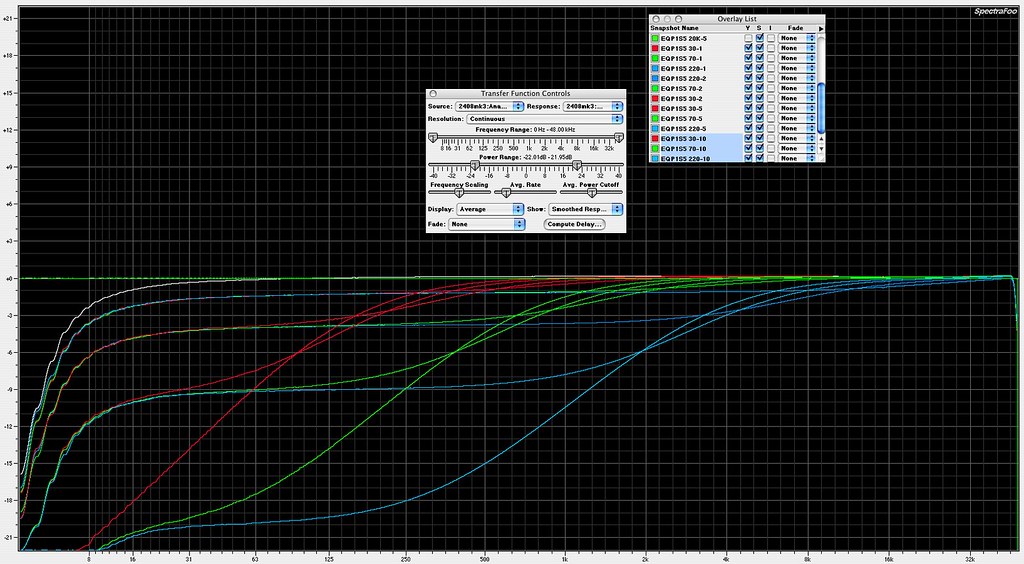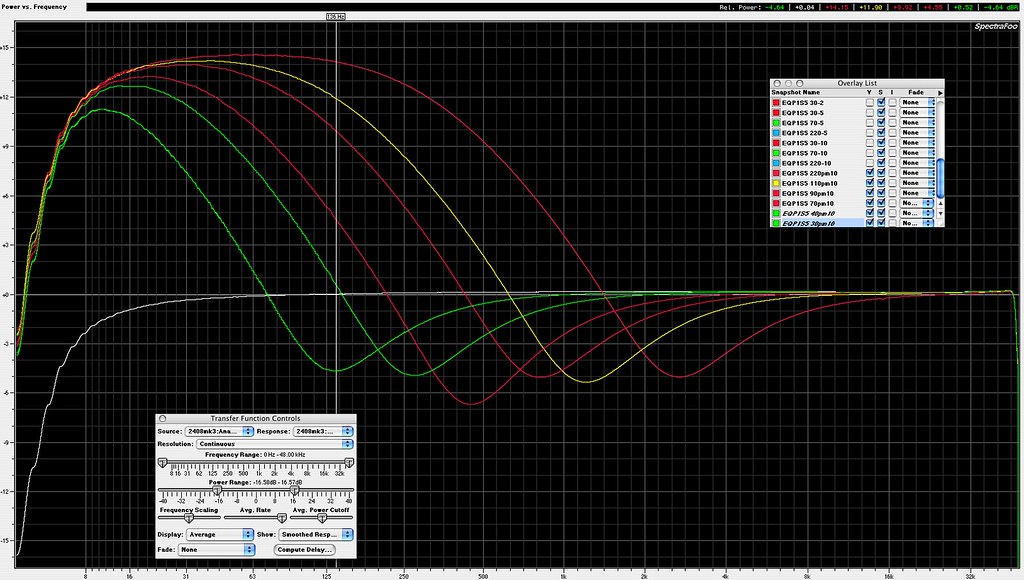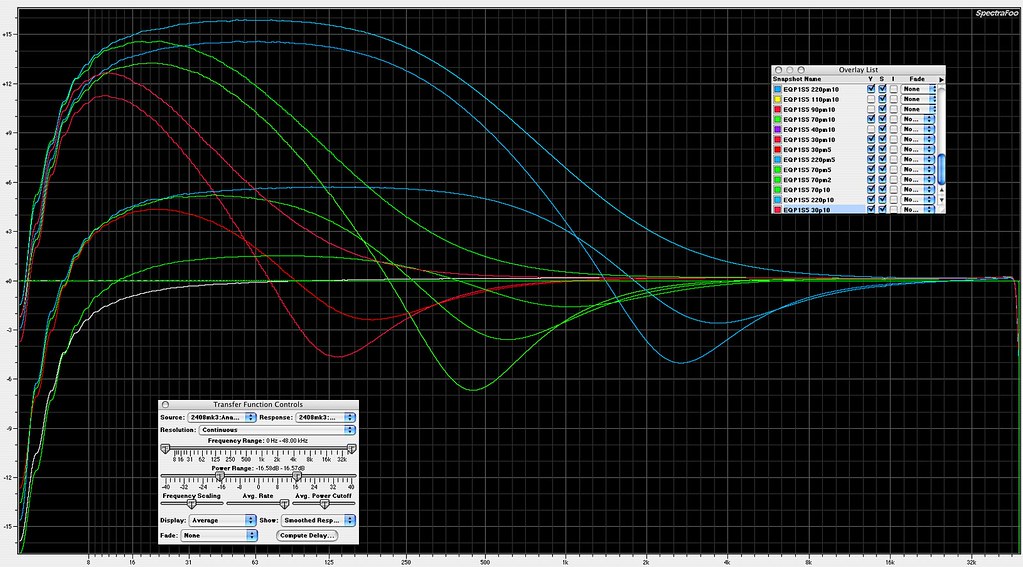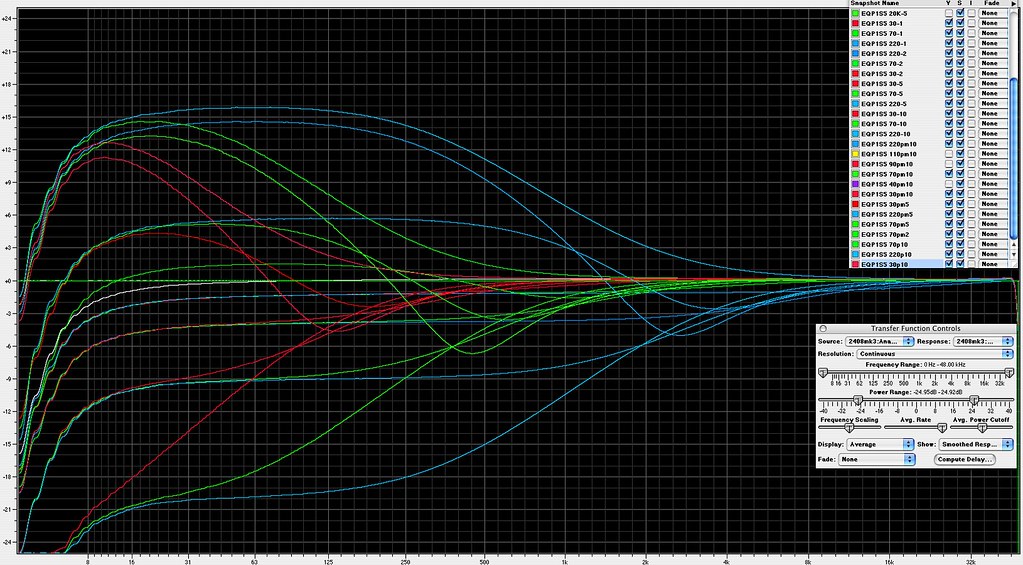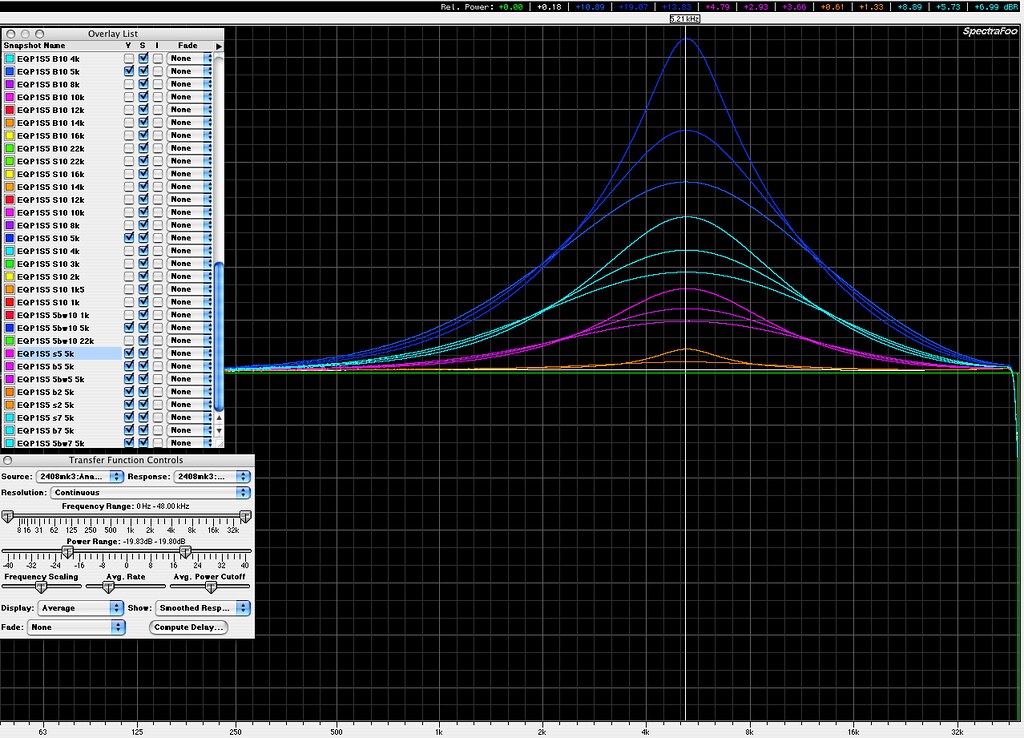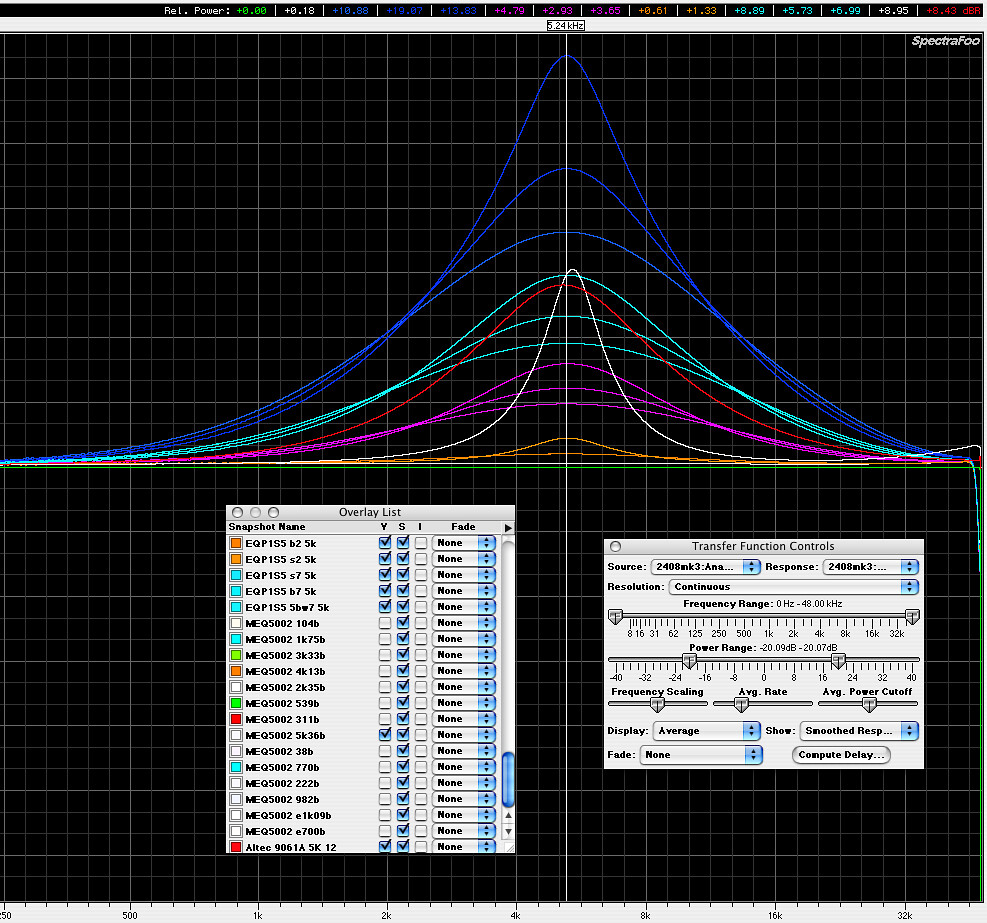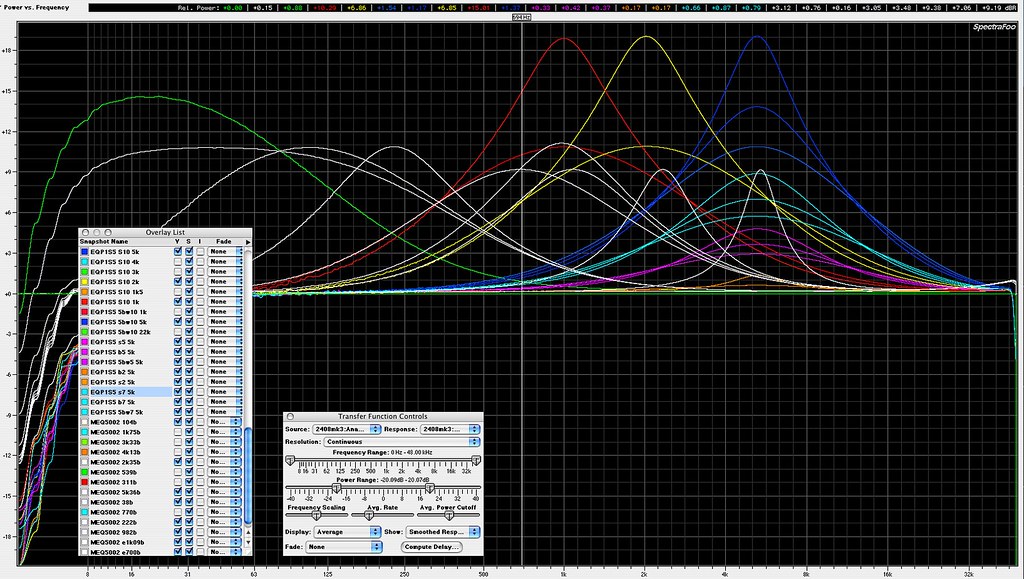Hi Mitsos - So I have finally found some down time to do a little testing...
Unfortunately it would seem the relays on the failed unit are operating correctly, they are getting power and the signal goes where expected (as per the circuit diagram you supplied) when in bypass and when switched in. I have also probed through the circuit with a multimeter to the input transformer and from the output transformer and all seems fine, also both transformers also check out with a resistance of between 50-60 ohms (as mentioned in a previous post).
Short of probing though the whole circuit, for which I do not seem to have a circuit diagram, does anyone have any ideas of where I should probably look next? All components visibly look ok to the eye, and this unit was working, it failed under load as previously mentioned. Op amps check out ok, as do voltages at the op amp pins.
Any further thoughts and/or suggestions would be most welcome.
Many Thanks
Justin
Unfortunately it would seem the relays on the failed unit are operating correctly, they are getting power and the signal goes where expected (as per the circuit diagram you supplied) when in bypass and when switched in. I have also probed through the circuit with a multimeter to the input transformer and from the output transformer and all seems fine, also both transformers also check out with a resistance of between 50-60 ohms (as mentioned in a previous post).
Short of probing though the whole circuit, for which I do not seem to have a circuit diagram, does anyone have any ideas of where I should probably look next? All components visibly look ok to the eye, and this unit was working, it failed under load as previously mentioned. Op amps check out ok, as do voltages at the op amp pins.
Any further thoughts and/or suggestions would be most welcome.
Many Thanks
Justin

































![Soldering Iron Kit, 120W LED Digital Advanced Solder Iron Soldering Gun kit, 110V Welding Tools, Smart Temperature Control [356℉-932℉], Extra 5pcs Tips, Auto Sleep, Temp Calibration, Orange](https://m.media-amazon.com/images/I/51sFKu9SdeL._SL500_.jpg)
